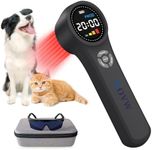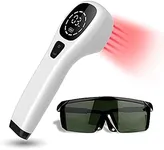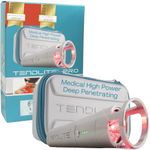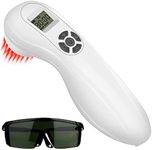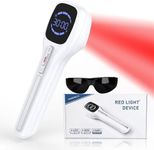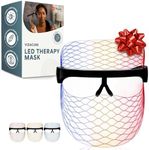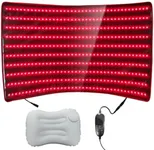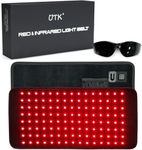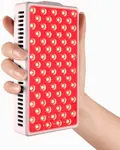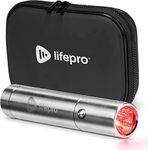Buying Guide for the Best Cold Laser
When choosing a cold laser, it's important to understand the key specifications and how they relate to your specific needs. Cold lasers, also known as low-level lasers, are used for various therapeutic purposes, including pain relief, inflammation reduction, and tissue repair. To make an informed decision, you should consider the following key specifications and how they align with your intended use.WavelengthWavelength is the distance between successive peaks of the laser light wave, measured in nanometers (nm). This spec is important because different wavelengths penetrate the skin to different depths and are absorbed by different tissues. Common wavelengths for cold lasers range from 600 nm to 1000 nm. For superficial treatments like skin conditions, a shorter wavelength (600-700 nm) is suitable. For deeper tissue treatments, such as muscle or joint issues, a longer wavelength (800-1000 nm) is more effective. Choose a wavelength based on the depth of the tissue you need to treat.
Power OutputPower output, measured in milliwatts (mW), indicates the strength of the laser. This spec is crucial because it affects the intensity and effectiveness of the treatment. Cold lasers typically have power outputs ranging from 5 mW to 500 mW. Lower power outputs (5-50 mW) are suitable for minor conditions and sensitive areas, while higher power outputs (50-500 mW) are better for more severe conditions and larger treatment areas. Select a power output that matches the severity and size of the area you need to treat.
Treatment TimeTreatment time refers to the duration for which the laser is applied to the treatment area. This spec is important because it determines the dosage of laser energy delivered to the tissue. Treatment times can vary from a few seconds to several minutes per session. Shorter treatment times are convenient but may require more frequent sessions, while longer treatment times can be more effective but may be less convenient. Consider your schedule and the recommended treatment protocol for your condition when choosing a device with an appropriate treatment time.
Beam TypeBeam type refers to the shape and focus of the laser beam. This spec is important because it affects the precision and coverage of the treatment. Common beam types include continuous wave (CW) and pulsed wave (PW). CW beams provide a constant stream of laser light, which is suitable for uniform treatment areas. PW beams deliver laser light in pulses, which can be more effective for stimulating tissue repair and reducing pain. Choose a beam type based on the nature of your treatment area and the desired therapeutic effect.
PortabilityPortability refers to the ease with which the laser device can be transported and used in different locations. This spec is important for users who need to use the device in various settings, such as at home, in a clinic, or while traveling. Portable cold lasers are typically lightweight, compact, and battery-operated. If you need a device that you can easily carry and use on the go, look for a portable model. If you plan to use the device primarily in one location, portability may be less of a concern.
Safety FeaturesSafety features include mechanisms that protect the user from accidental exposure to the laser beam. This spec is important because it ensures safe operation and prevents potential harm. Common safety features include automatic shut-off, protective eyewear, and child locks. Ensure that the cold laser you choose has adequate safety features to protect you and others from unintended exposure. Consider your environment and who will be using the device when evaluating the importance of different safety features.
